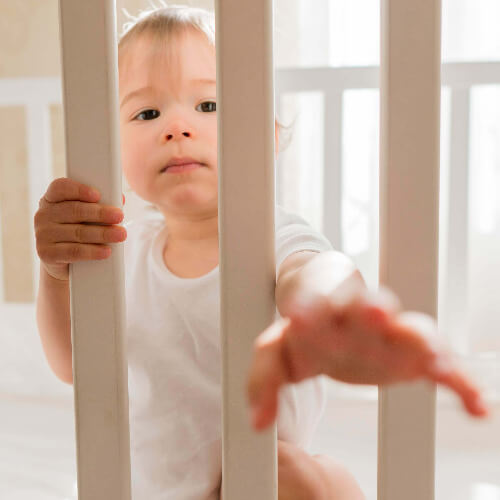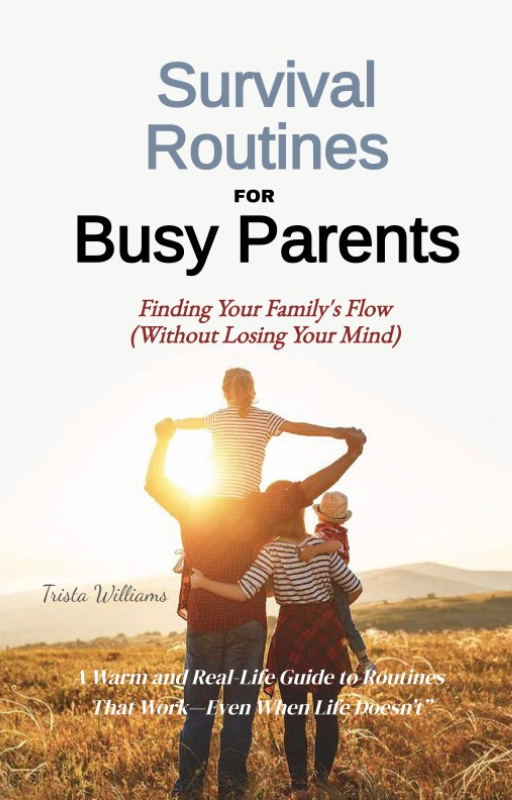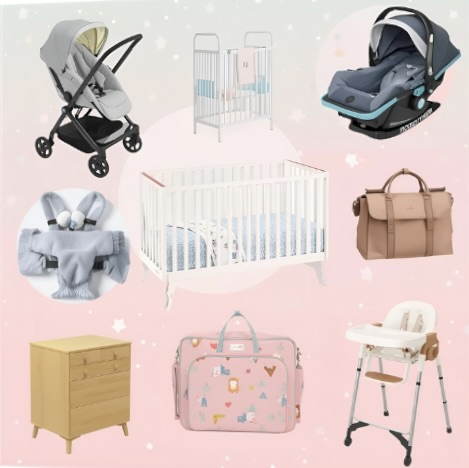Understanding Separation Anxiety in Babies
Separation anxiety in babies is a common phase that many parents experience. This natural part of development can be challenging for both you and your baby. With the right knowledge and strategies, you can navigate this period smoothly.

What is Separation Anxiety?
Separation anxiety is when a baby becomes upset or distressed when separated from their primary caregiver, usually a parent.
This type of behaviour often starts at about 6 to 8 months and can last till the age of two.
During this phase, babies may cry, cling, or become fearful when their caregiver leaves the room or goes out of sight.
Why Does Separation Anxiety Happen?
Separation anxiety occurs because babies are developing an important cognitive skill called object permanence.
Object permanence is the understanding that objects and people continue to exist even when they can't be seen.
Before this skill develops, a baby believes that once someone is out of sight, they are gone forever.
As babies begin to understand object permanence, they realize that their caregiver still exists even when they are not present, leading to anxiety when separated.
Signs of Separation Anxiety in Babies
Being able to recognize the signs of separation anxiety is necessary so that you can respond appropriately. Common signs include:
- Crying when a caregiver leaves the room
- Clinging to the caregiver when they are about to leave
- Fearful or distressed behavior around new people or unfamiliar environments
- Difficulty sleeping alone
- Increased need for comfort and reassurance
 Little girl is holding mom tightly and crying.
Little girl is holding mom tightly and crying.How to Manage Separation Anxiety in Babies
Managing separation anxiety requires patience and understanding. Some strategies that will help your baby feel safe:
1. Practice Short Separations
Start with brief separations and gradually increase the time apart. This practice will reassure your baby that you will always be back.
For example, leave the room for a few minutes and then return, gradually extending the time away.
2. Create a Goodbye Ritual
Develop a consistent goodbye ritual that comforts your baby. This could be a special hug, kiss, or a few reassuring words.
Keep the goodbye brief and positive to prevent prolonged distress.
3. Stay Calm and Confident
Babies can sense your emotions, so it's important to remain calm and confident when leaving. If you appear anxious or upset, your baby is likely to mirror those feelings.
4. Provide a Comfort Object
A favourite blanket, stuffed animal, or toy can provide comfort and security for your baby in your absence. Make sure this object is always available during times of separation.
5. Encourage Independent Play
Encouraging your baby to play independently can help them build confidence and reduce anxiety.
Start by being nearby and gradually increasing the distance as they become more comfortable playing alone.
 Baby is crawling on a carpeted floor and playing with blocks while looking in front of her towards the camera.
Baby is crawling on a carpeted floor and playing with blocks while looking in front of her towards the camera.6. Be Consistent with Routines
Consistency helps babies feel secure. Try to maintain regular routines for meals, naps, and bedtime. When you provide routines, your baby will feel a sense of stability and reassurance.
When to Seek Help
While separation anxiety is a normal part of development, there are times when it may be helpful to seek additional support. Consider talking to a pediatrician or child psychologist if:
- Your baby's separation anxiety is severe and persistent
- It interferes significantly with daily activities or sleep
- Your baby shows signs of anxiety or fear in other situations
- You feel overwhelmed and unsure how to cope
Helping Your Baby Deal With Separation Anxiety
Helping your baby to deal with separation anxiety just involves understanding their feelings and providing them with comfort.
Here are some additional tips:
1. Gradual Transitions
Whenever possible, make transitions gradual. For example, if your baby is starting daycare, spend some time there together before leaving them alone.
This allows your baby to become familiar with the new environment while feeling secure with you present.
2. Talk About Your Return
Even though your baby may not fully understand your words, explaining that you will return can be reassuring. Use simple language and a calm tone to let them know you'll be back soon.
3. Foster Secure Attachments
A strong, secure attachment with your baby provides a foundation of trust. Responding to their needs consistently and lovingly helps build this bond, making separations easier over time.
4. Normalize Their Feelings
Let your baby know that it's okay to feel sad or anxious when you leave, allowing them to feel understood and supported.
The Role of Other Caregivers
Involving other caregivers, such as grandparents, babysitters, or daycare providers, can also help ease separation anxiety.
Some ways to do this are:
1. Slowly Introduce New Caregivers
Allow your baby to spend time with new caregivers while you are present. This helps your baby feel safe and gradually builds trust with the new person.
2. Create Positive Associations
Encourage positive interactions between your baby and other caregivers. Like playing games that you can all do together, read books or share meals.
3. Communicate Consistently
Maintain open communication with other caregivers to ensure they understand your baby's routines and preferences.
 Small boy playing peek-a-boo around the corner.
Small boy playing peek-a-boo around the corner.Separation anxiety in babies is a natural and common phase of development. Once you understand it and start using strategies to manage it, your baby will feel more secure.
Remember, this phase will pass, and with your support, your baby will learn that separations are temporary and that you will always return.






































New! Comments
Have your say about what you just read! Leave me a comment in the box below.